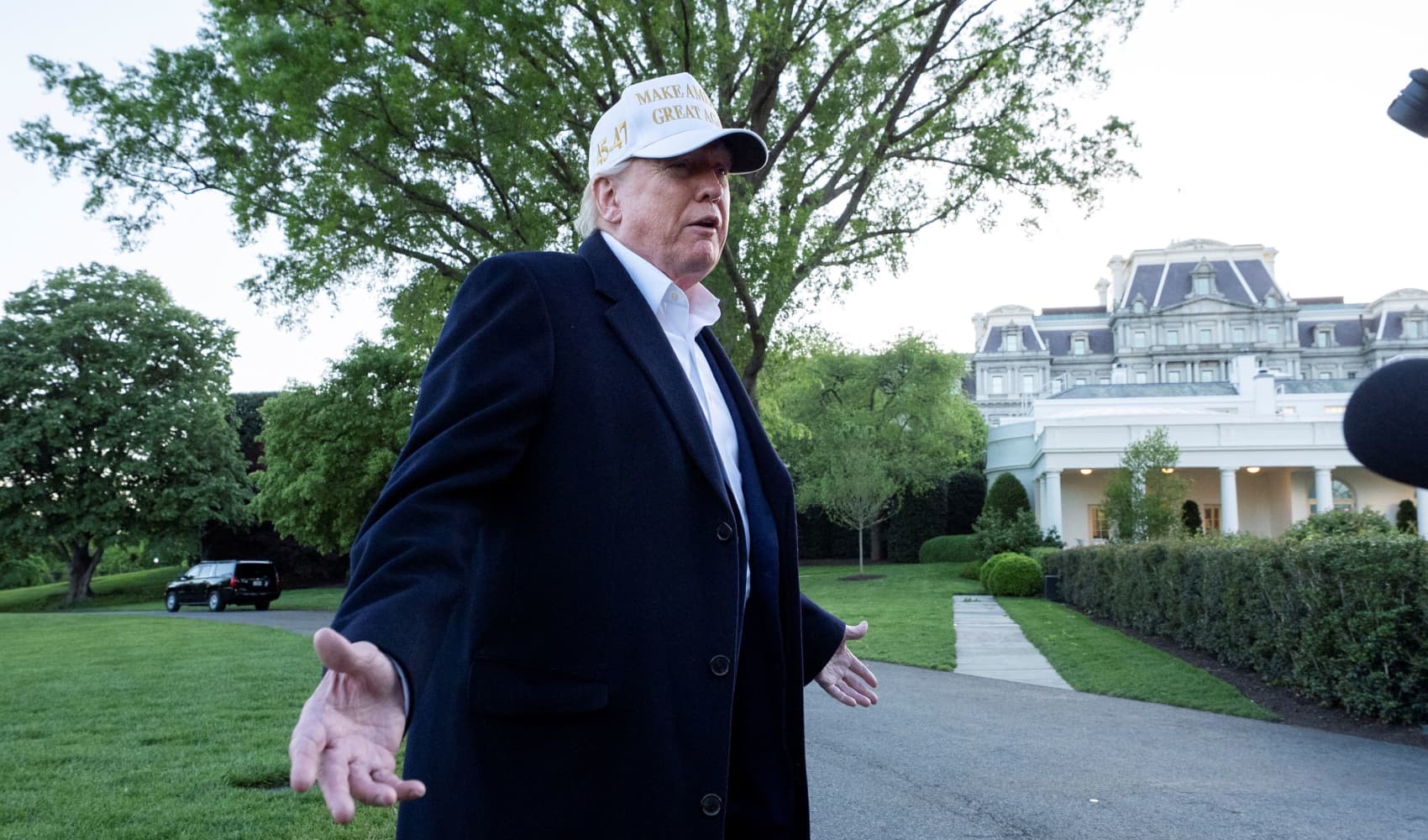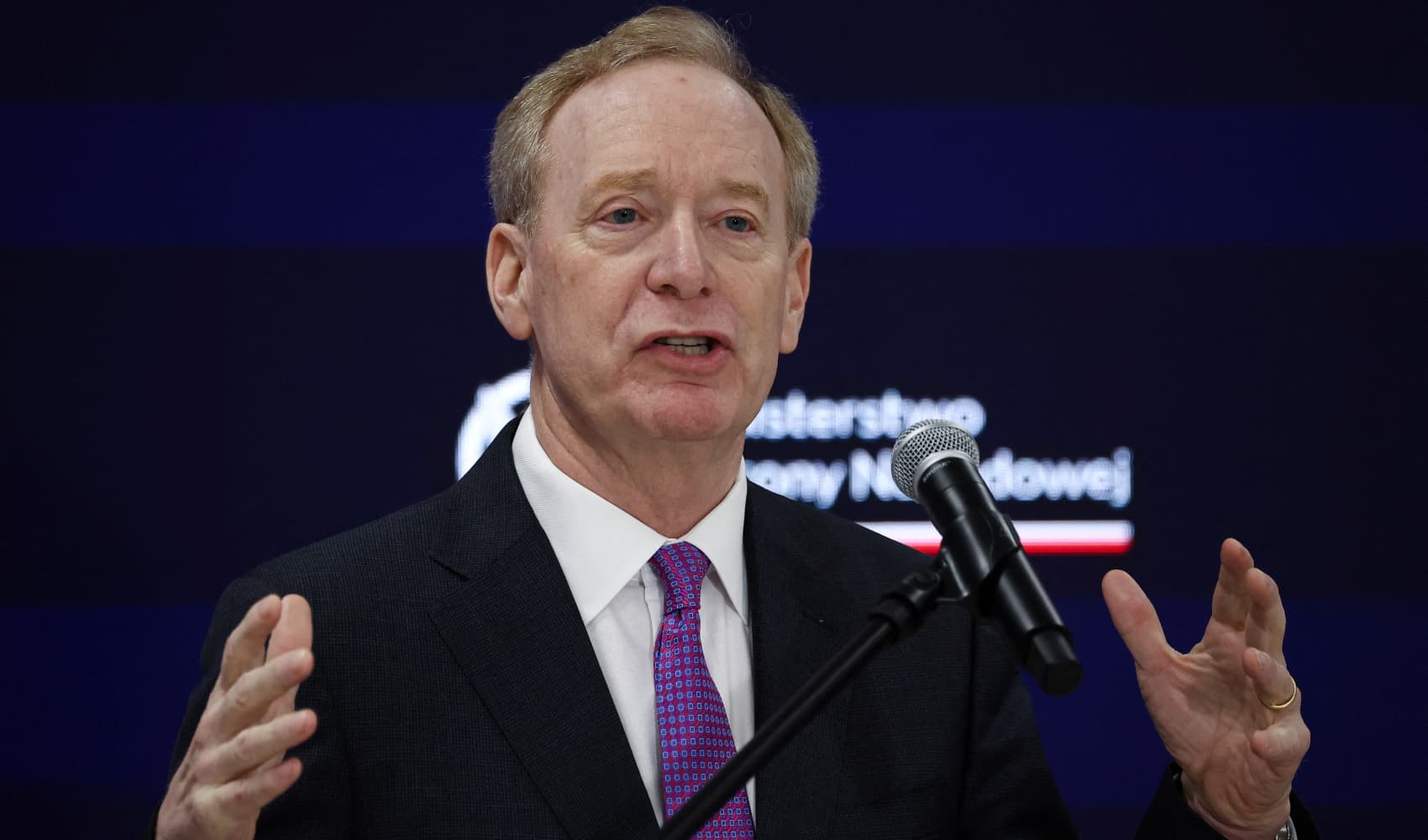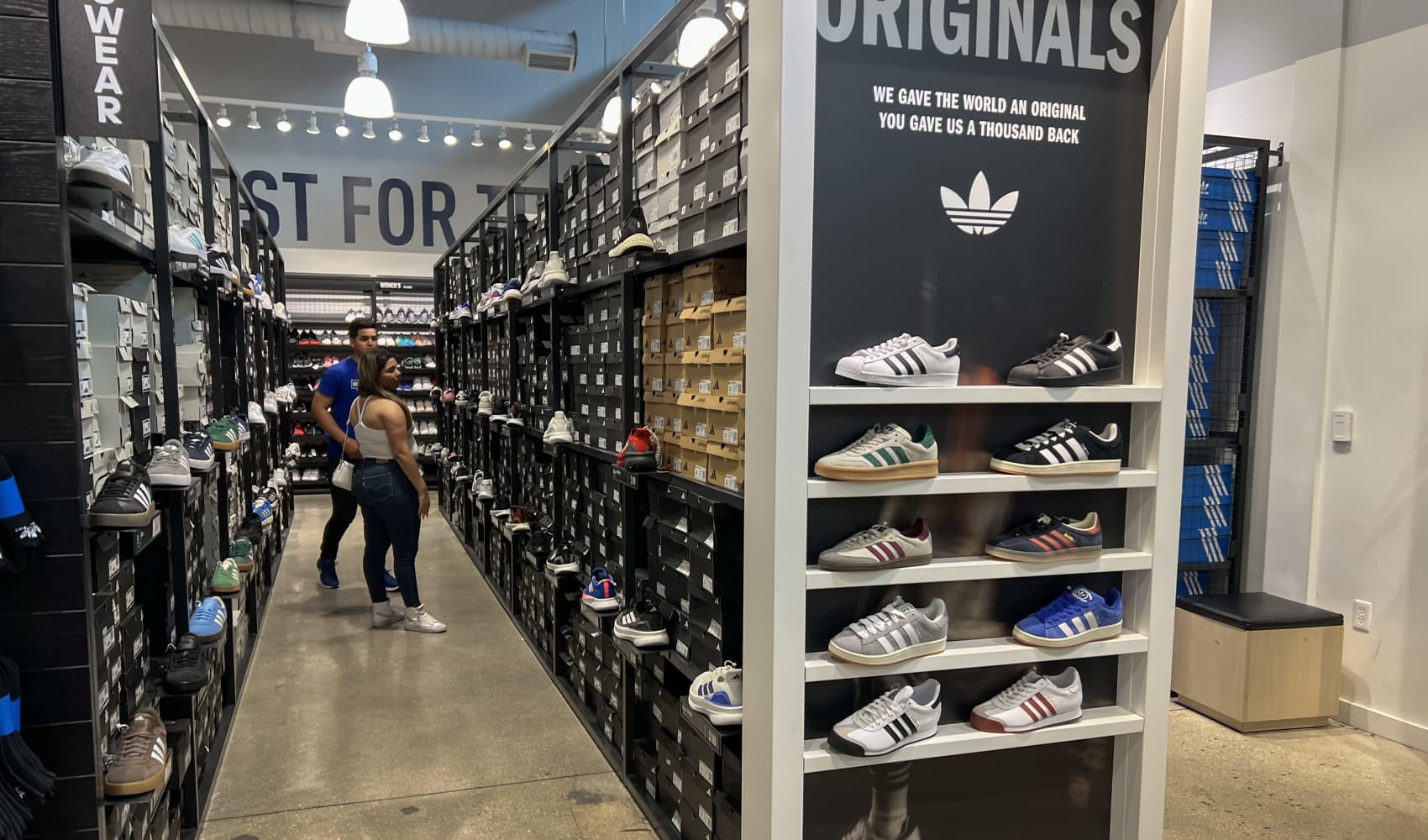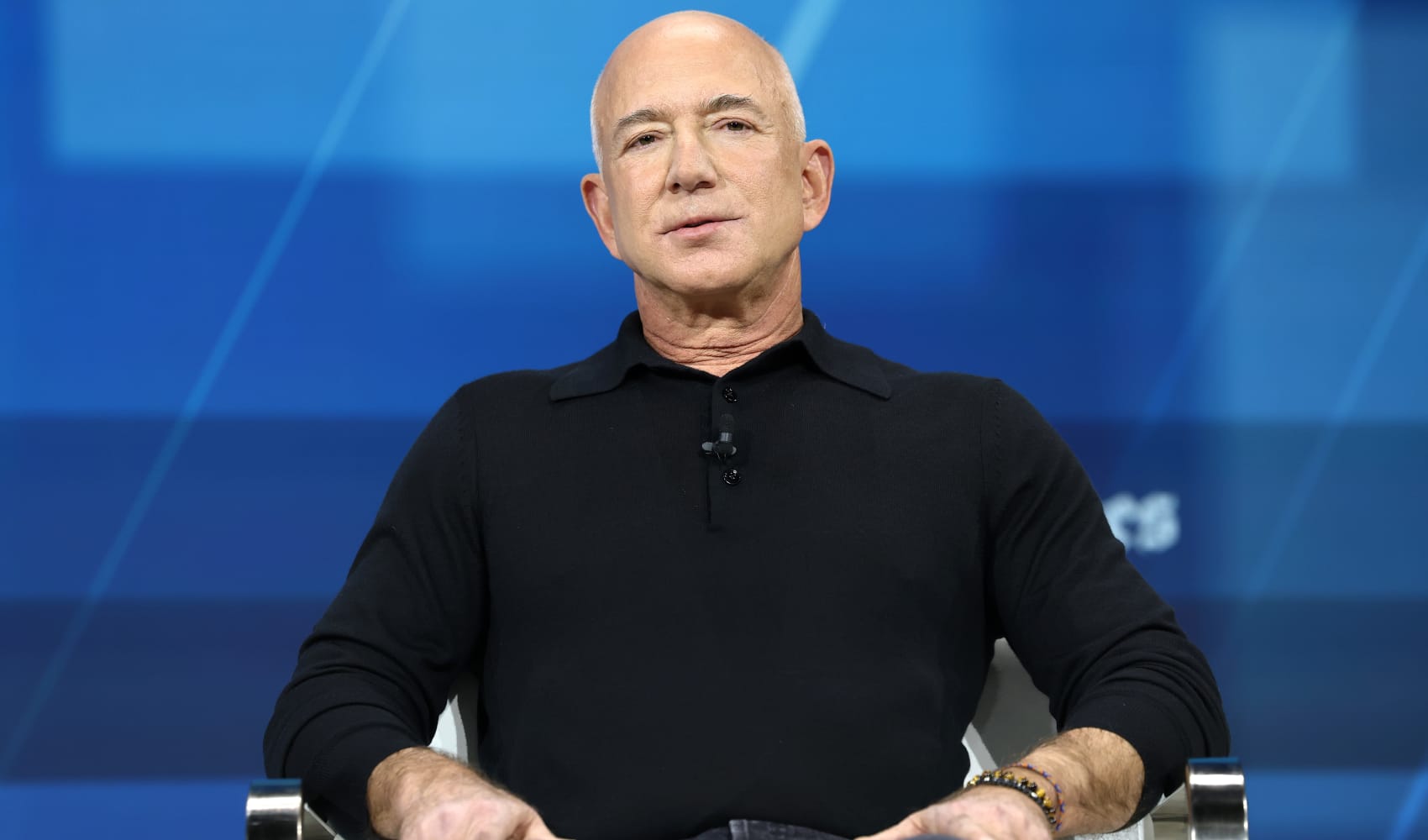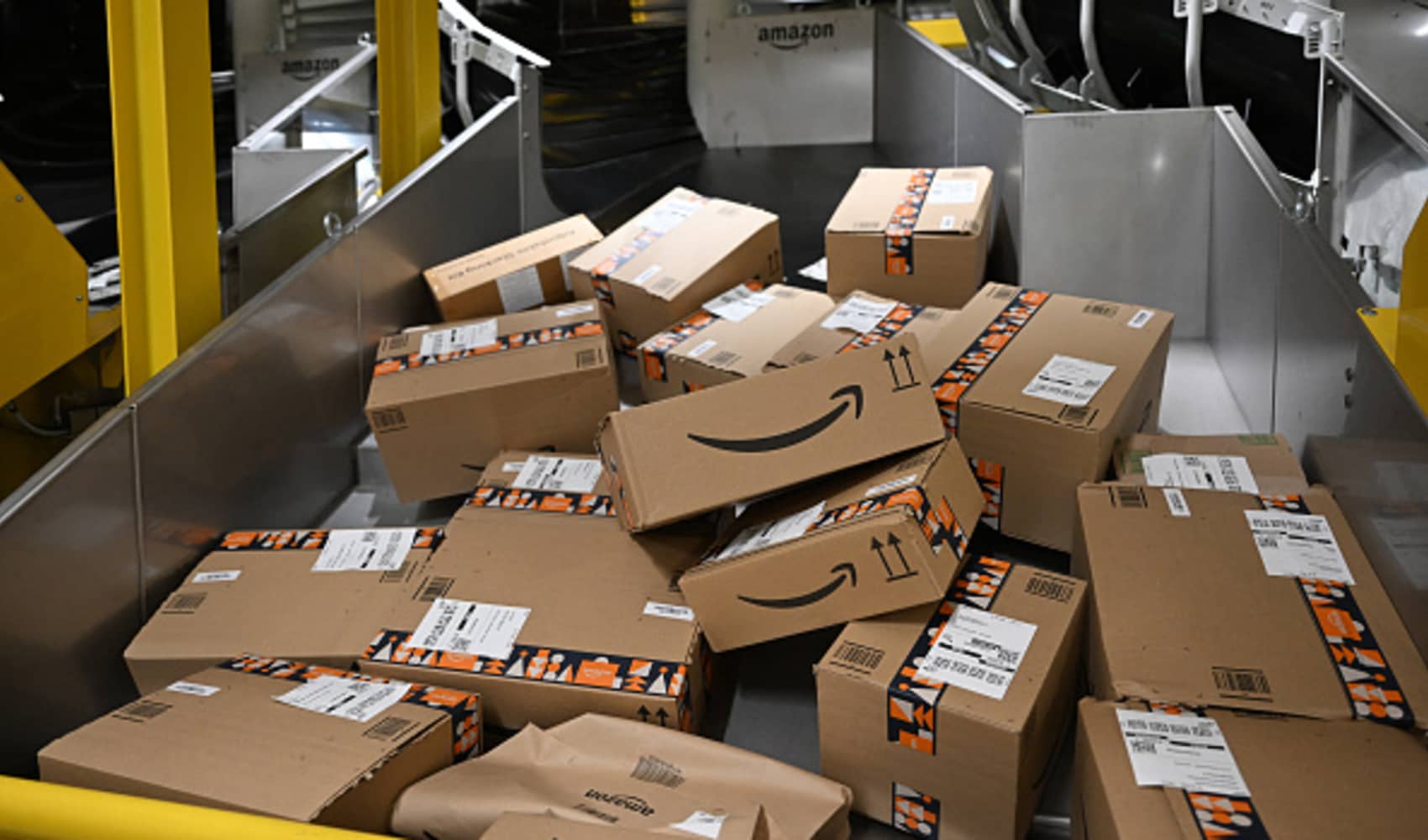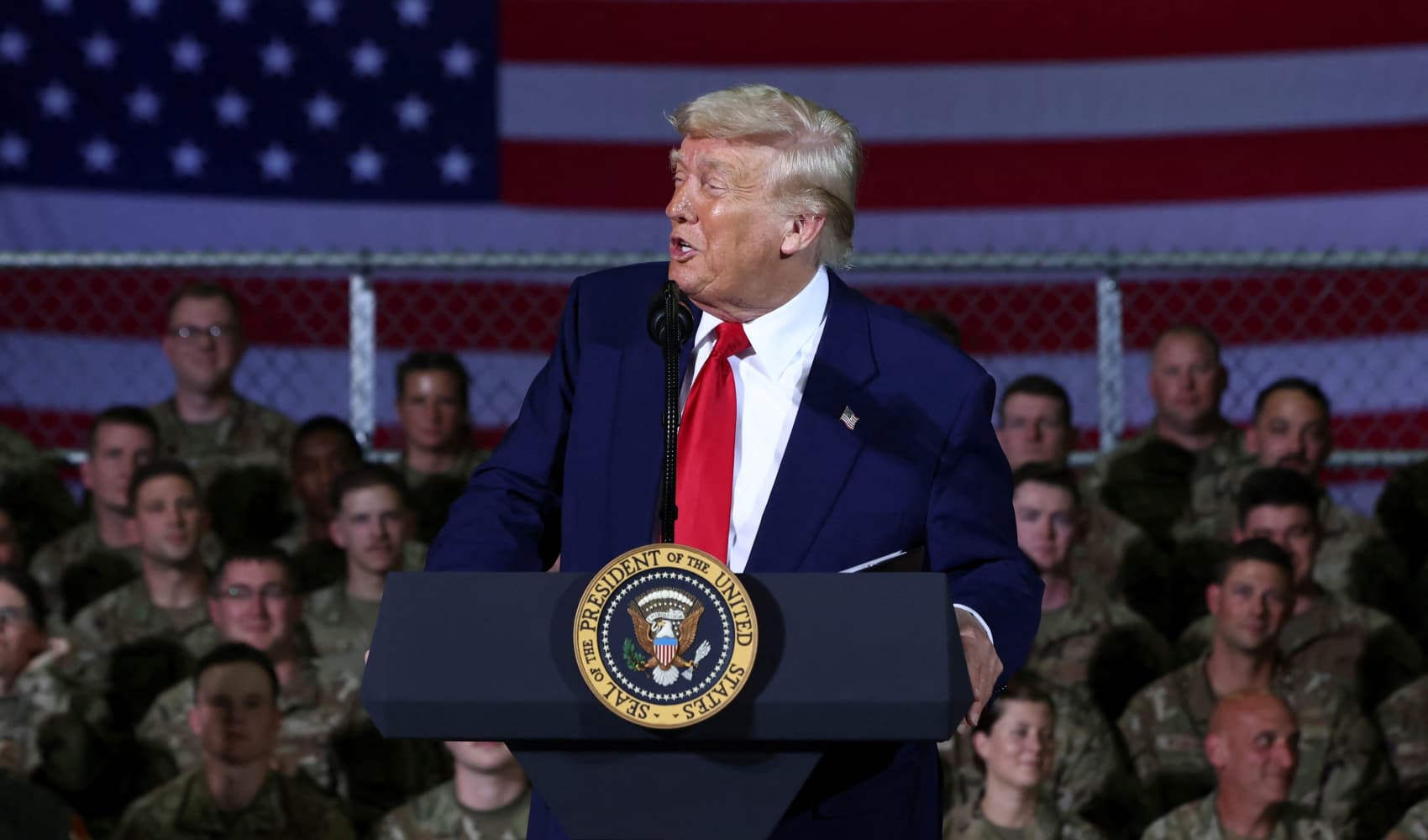Pony.ai & Tencent: Robotaxis via WeChat? The Future is Now!
Pony.ai & Tencent: Your Next Robotaxi Ride is Just a WeChat Away!
Introduction: The Future of Ride-Hailing is Here
Imagine hailing a robotaxi straight from your WeChat app. No driver, just smooth, autonomous navigation whisking you away to your destination. Sounds like science fiction, right? Well, hold on tight, because Pony.ai and Tencent are making this futuristic vision a reality! This groundbreaking partnership is set to revolutionize ride-hailing in China and beyond.
Pony.ai and Tencent: A Powerhouse Collaboration
Chinese autonomous driving startup Pony.ai has announced a strategic partnership with tech giant Tencent, paving the way for integrated robotaxi services within Tencent's vast ecosystem. This collaboration is a significant step towards mainstream adoption of autonomous vehicles. But what exactly does this partnership entail?
Deep Dive: The Scope of the Partnership
This isn't just about a simple app integration. Pony.ai and Tencent are diving deep, collaborating across several key areas to build a robust and seamless autonomous driving experience.
Cloud Services: Powering the Autonomous Brain
Autonomous vehicles generate massive amounts of data. From sensor readings to real-time mapping information, it all needs to be processed and analyzed. That's where Tencent Cloud comes in. Tencent's robust cloud infrastructure will provide the necessary computing power to support Pony.ai's autonomous driving algorithms. Think of it as the brainpower that keeps the robotaxi running smoothly and safely.
Map Data: Guiding the Way
Accurate and up-to-date map data is crucial for autonomous navigation. Pony.ai will leverage Tencent's mapping capabilities to ensure its robotaxis have a precise understanding of their surroundings. It's like giving the robotaxi a detailed roadmap to navigate complex urban environments. Without accurate map data, it's like trying to drive with your eyes closed!
Information Security: Protecting Your Ride
In the age of cyber threats, security is paramount. Tencent will provide its expertise in information security to protect Pony.ai's autonomous driving platform from potential attacks. This ensures the safety and privacy of passengers and prevents unauthorized access to the vehicle's systems. It's like having a security guard constantly monitoring the robotaxi to ward off any unwanted visitors.
Intelligent Cockpit Ecosystems: Enhancing the Rider Experience
This partnership isn't just about getting from point A to point B. It's also about enhancing the rider experience. Tencent's intelligent cockpit ecosystems will offer passengers a range of entertainment, information, and communication options during their journey. Imagine streaming your favorite shows, ordering food, or catching up on work while your robotaxi effortlessly navigates the city streets.
Robotaxi Services on WeChat: Convenience at Your Fingertips
The most exciting aspect of this partnership is the integration of Pony.ai's robotaxi services within Tencent's applications, including WeChat. This means users can hail a robotaxi directly from their favorite messaging app, making it incredibly convenient and accessible. It's like having a personal chauffeur available 24/7, right in your pocket!
WeChat: More Than Just a Messaging App
WeChat is more than just a messaging app; it's a super app with a vast user base and a wide range of services. By integrating robotaxi services into WeChat, Pony.ai gains access to a massive potential customer base. Think of it as opening a store in the busiest mall in the world.
The Competitive Landscape: Pony.ai vs. the Giants
Pony.ai isn't the only player in the autonomous driving space. Companies like Waymo, Cruise, and Baidu are also heavily invested in developing robotaxi technology. However, Pony.ai's partnership with Tencent gives it a significant advantage in the Chinese market. It's like having a local guide who knows all the best routes and shortcuts.
What This Means for the Future of Transportation
The Pony.ai-Tencent partnership signals a significant shift in the transportation landscape. Autonomous vehicles are no longer a distant dream; they are becoming a tangible reality. This collaboration could accelerate the adoption of robotaxis and transform the way we move around our cities.
Addressing Concerns: Safety and Regulation
Of course, with any new technology, there are concerns about safety and regulation. How will autonomous vehicles handle unexpected situations? What regulations will govern their operation? These are important questions that need to be addressed to ensure the safe and responsible deployment of robotaxis. Safety is paramount, and regulators need to adapt to ensure public trust.
The Potential Benefits: Efficiency and Accessibility
Despite the concerns, the potential benefits of robotaxis are immense. Autonomous vehicles could improve traffic flow, reduce accidents, and provide affordable and accessible transportation to everyone, including the elderly and people with disabilities. Imagine a world with fewer traffic jams, safer roads, and equal access to transportation for all.
The Road Ahead: Challenges and Opportunities
The road to widespread adoption of robotaxis is not without its challenges. Technical hurdles, regulatory uncertainties, and public acceptance are all factors that need to be addressed. However, the opportunities are enormous. The Pony.ai-Tencent partnership demonstrates the potential for innovation and collaboration to overcome these challenges and create a brighter future for transportation.
Global Implications: Beyond China's Borders
While the initial focus is on China, the implications of this partnership extend far beyond its borders. The success of Pony.ai and Tencent could pave the way for similar collaborations around the world, accelerating the global adoption of autonomous vehicles. What happens in China often sets a precedent for the rest of the world. Are we ready for the Robotaxi revolution?
Investing in the Future: What's Next?
The autonomous driving industry is attracting significant investment from both established companies and venture capitalists. Pony.ai's partnership with Tencent is likely to attract even more investment and further fuel its growth. It's a sign that investors believe in the potential of autonomous vehicles to transform the world.
Conclusion: A Glimpse into the Future of Transportation
The Pony.ai and Tencent partnership is a game-changer for the autonomous driving industry. By integrating robotaxi services into WeChat and other Tencent applications, they are making autonomous transportation more accessible and convenient than ever before. This collaboration highlights the potential of technology to transform our lives and create a more efficient, sustainable, and equitable future for transportation. This is not just about self-driving cars; it's about reshaping our cities and our lives.
Frequently Asked Questions (FAQs)
Here are some frequently asked questions about the Pony.ai and Tencent partnership:
-
When will robotaxi services be available on WeChat?
While there's no exact date, the partnership aims to integrate these services as quickly as possible. Expect pilot programs and gradual rollouts in select cities first.
-
How will safety be ensured in Pony.ai's robotaxis?
Pony.ai is committed to safety and employs rigorous testing, redundant systems, and advanced sensor technologies to ensure the safe operation of its autonomous vehicles. Tencent's information security expertise further enhances safety.
-
What cities will be the first to offer robotaxi services through WeChat?
Specific cities haven't been announced yet, but major metropolitan areas in China are likely candidates for initial deployment.
-
Will robotaxis be more expensive or cheaper than traditional taxis?
The goal is to make robotaxi services more affordable than traditional taxis in the long run, as they eliminate the need for human drivers. However, initial pricing may be competitive with existing ride-hailing services.
-
What kind of data will Pony.ai collect, and how will it be used?
Pony.ai will collect data related to navigation, performance, and safety to improve its autonomous driving algorithms. All data will be handled in accordance with privacy regulations.



